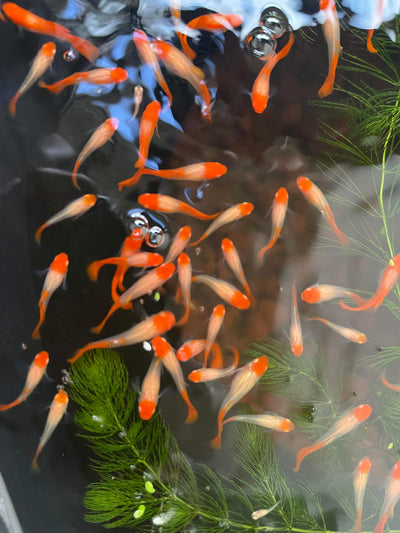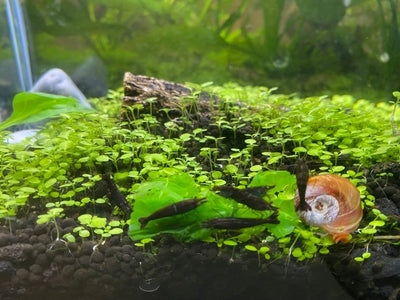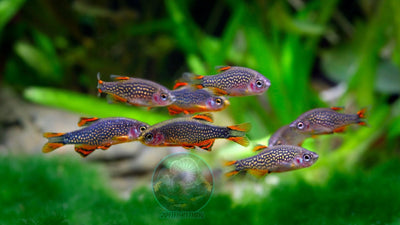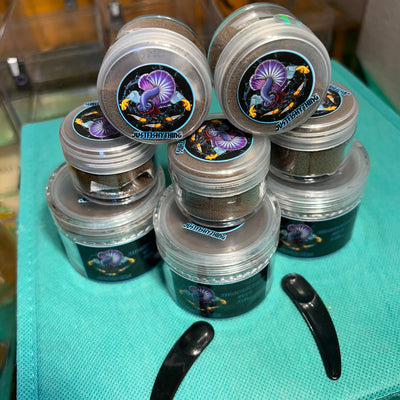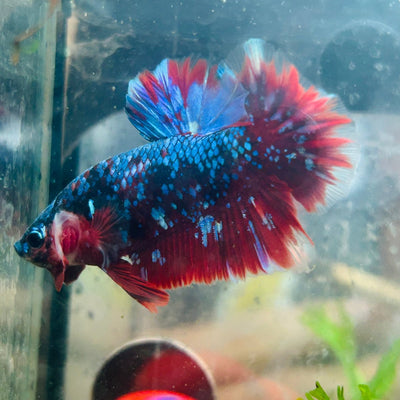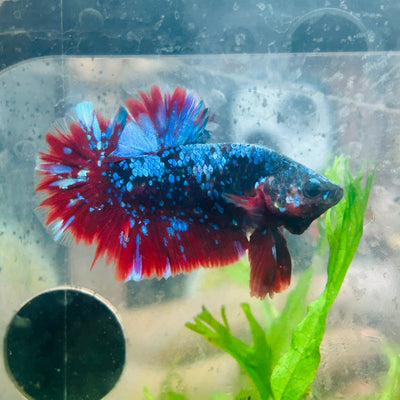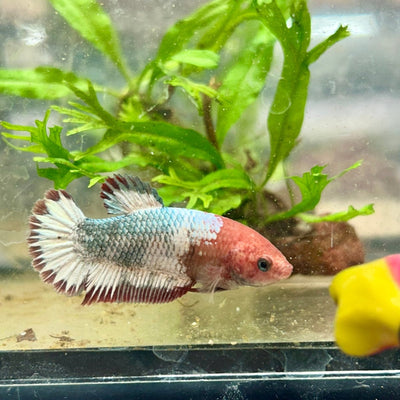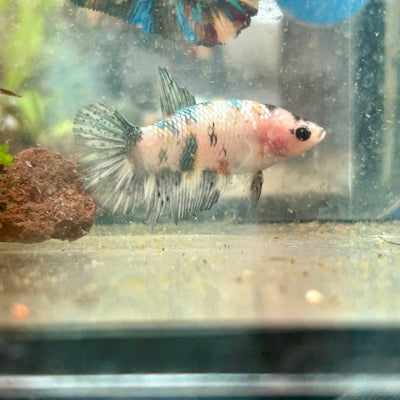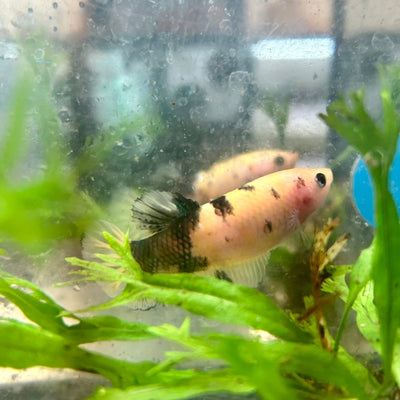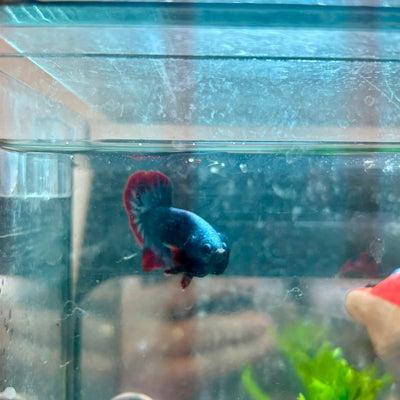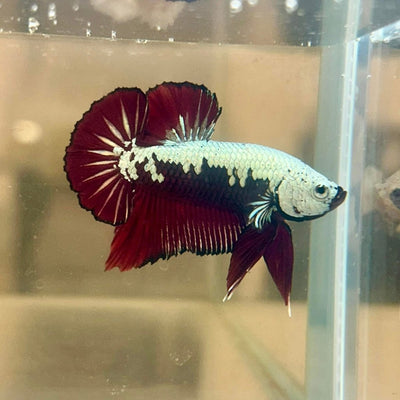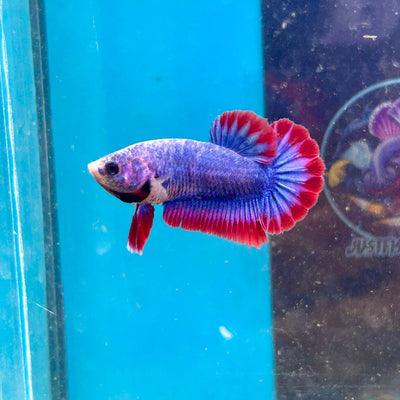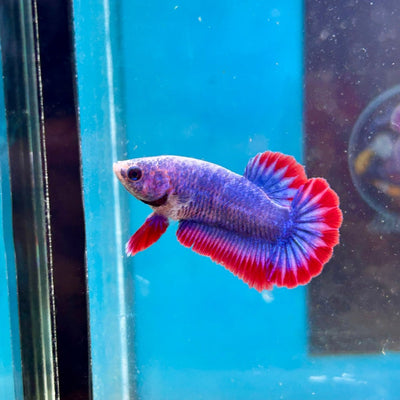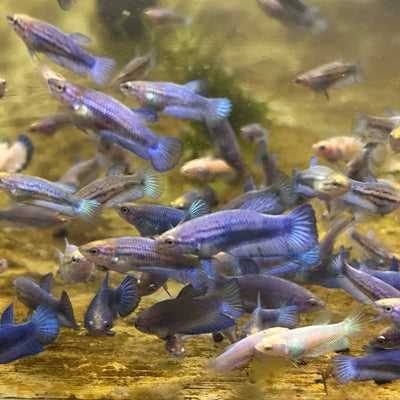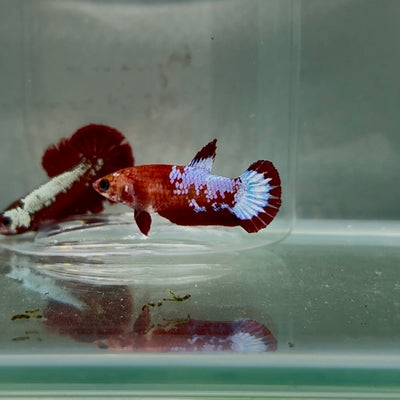CHỨNG THỰC — Xem khách hàng của chúng tôi nói gì và nhận thẻ quà tặng trị giá 10 đô la nếu bạn tìm thấy đánh giá tiêu cực!
Xây dựng môi trường sống bể nano hoàn chỉnh từ bộ sưu tập của chúng tôi
We started offer Live Fish Shipping in 2022
THÔNG BÁO — GIẢM GIÁ 20% cho toàn bộ đơn hàng khi bạn chi tiêu 300 đô la trở lên!
Tất cả cá Betta
301 Phố Trung Tâm
Thành phố, Quốc gia
Thứ Hai - Thứ Sáu, 8:30 sáng - 10:30 tối
Thứ Bảy, 8:30 sáng - 10:30 tối
Chủ Nhật, 8:30 sáng - 10:30 tối




